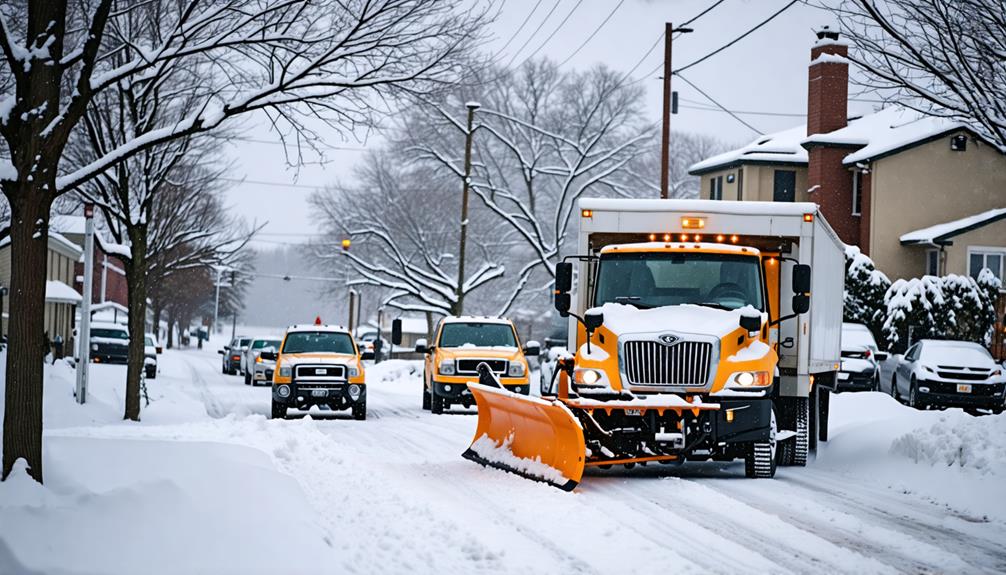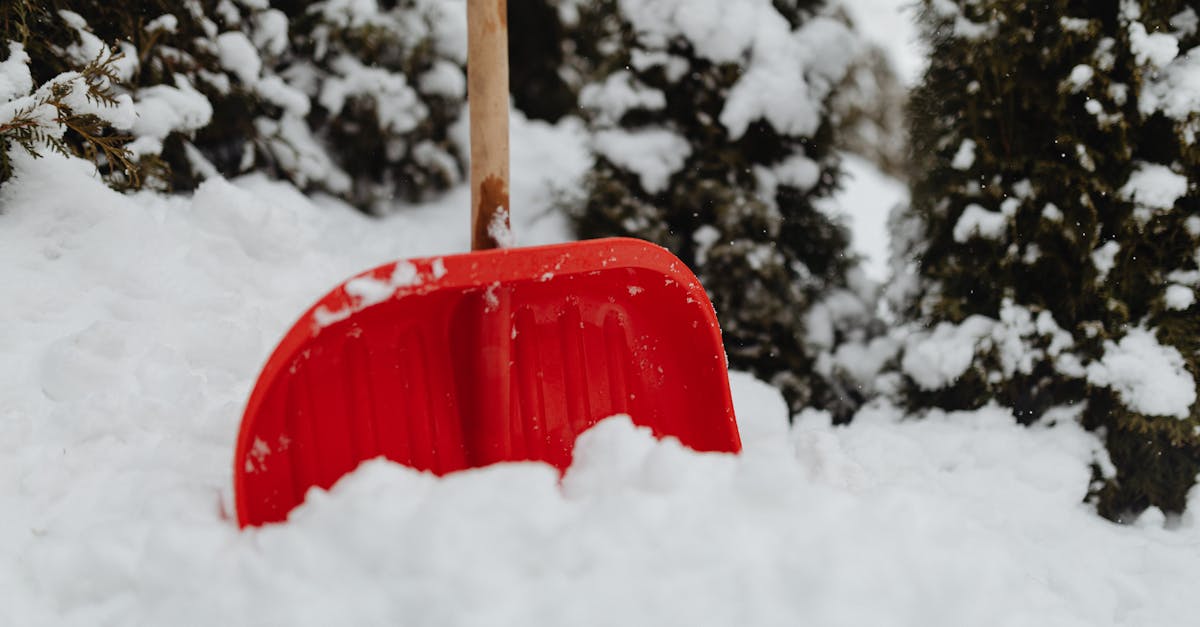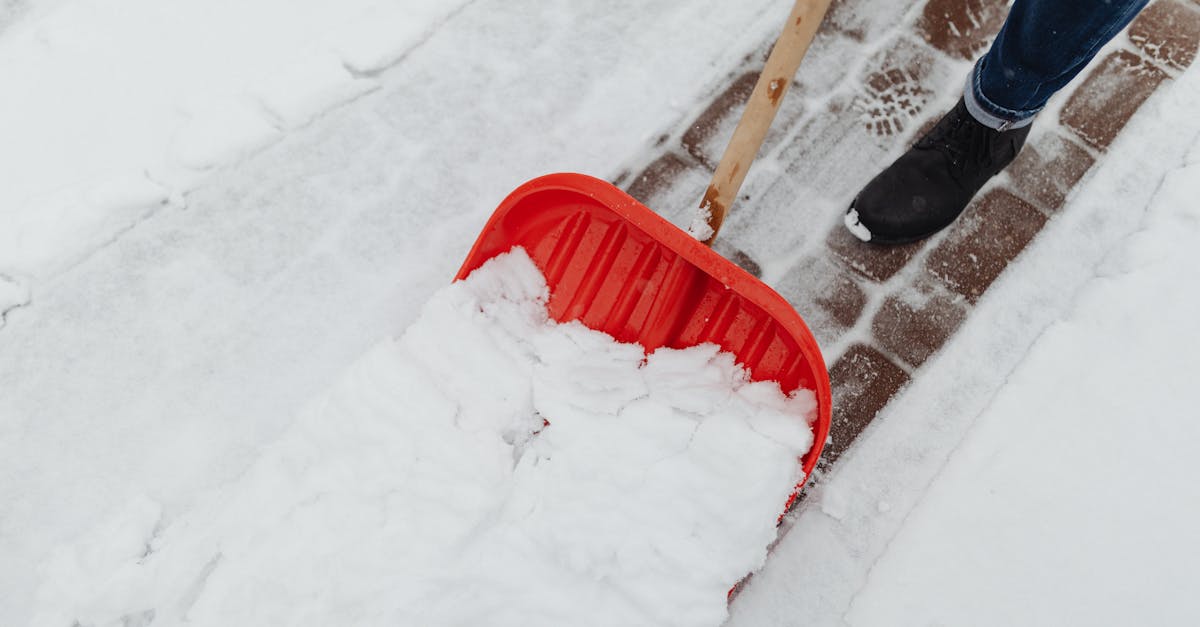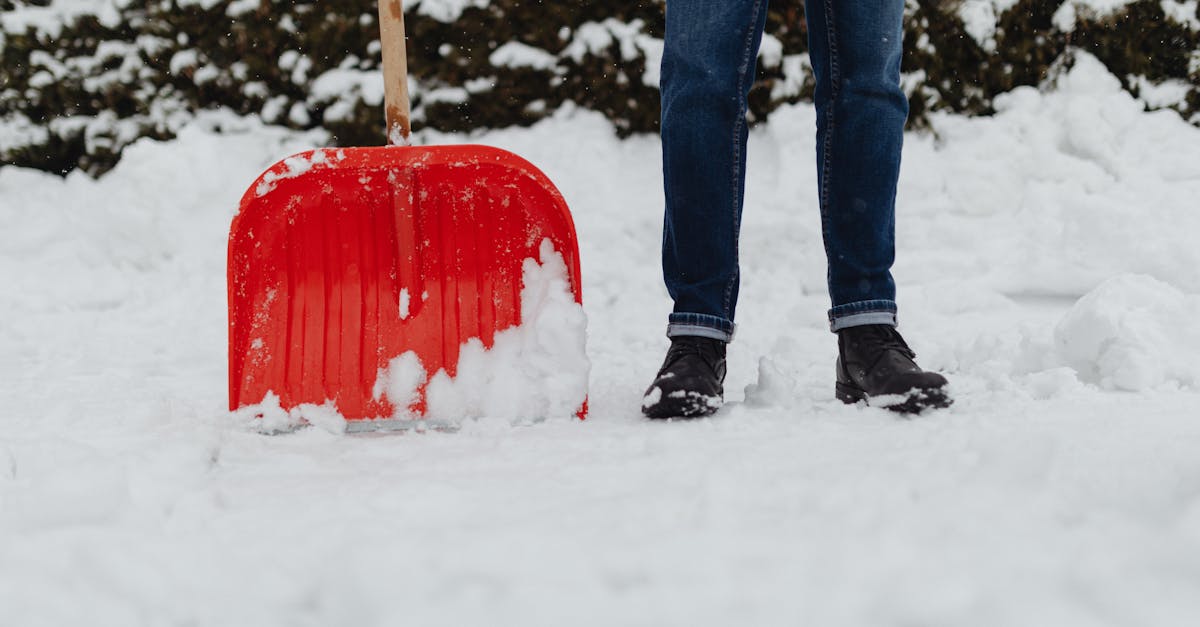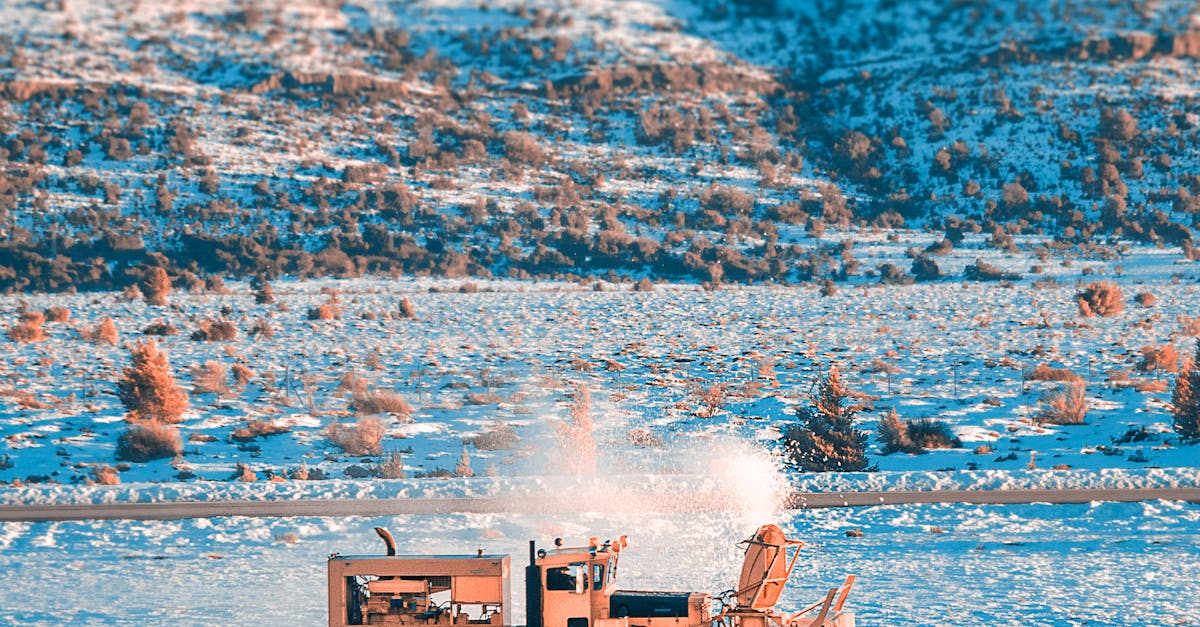
Table Of Contents
Environmental Impact of Snow Removal
Snow removal methods, including snow shoveling, can significantly affect the surrounding environment. Over the years, many communities have relied heavily on chemical deicers to combat winter weather. These chemicals can leach into local water sources, harming aquatic ecosystems and impacting plant life. Furthermore, snow plowing contributes to soil compaction and can lead to changes in local drainage patterns, which may exacerbate flooding in certain areas.
On the other hand, snow shoveling represents a more environmentally friendly option, as it relies solely on human labor and does not introduce harmful chemicals into the ecosystem. However, this method requires consideration of how the displaced snow is managed afterward. In urban settings, where shoveling may push snow onto streets or lawns, proper disposal becomes crucial. Maintaining awareness of these impacts can help individuals and communities choose the most environmentally responsible snow removal techniques.
Melting Snow versus Chemical Deicers
When it comes to snow removal, many homeowners find themselves evaluating the methods they choose. Melting snow can be an effective way to manage accumulation, especially when temperatures rise slightly or when sunlight can aid the process. Utilizing tools like snow shovels can facilitate this approach, allowing for moisture and heat to gradually eliminate the snow without additional chemicals.
On the other hand, chemical deicers offer a quick solution to combating icy conditions. These products often contain salt or other compounds that lower the freezing point of water, making it easier to clear surfaces. However, while effective, they can have negative impacts on landscaping and local waterways. Snow shoveling remains a practical option for those who want to minimize environmental harm and maintain control over their snow removal processes.
Common Mistakes When Shoveling Snow
One common mistake people make during snow shoveling is choosing the wrong shovel. Using a shovel that is too heavy or too wide can lead to increased fatigue and danger of injury. It’s essential to select a lightweight option that allows for easy maneuverability. Additionally, not adjusting your approach when the snow is particularly heavy or wet can result in strain or even back injury, which can hinder your efforts and safety.
Another error often seen during snow shoveling is not maintaining proper posture. Leaning too far forward or twisting the body while lifting can cause serious harm to the back. Keeping a straight back and using the legs to lift will help distribute the weight effectively. Taking breaks to rest and reassess can also prevent overexertion, making the overall snow removal task more manageable and less strenuous.
How to Avoid Straining Your Back
When engaging in snow shoveling, maintaining proper form is essential to avoid back strain. Start with your feet shoulder-width apart for balance. Bend at your knees while keeping your back straight instead of bending at the waist. This technique allows your legs to do the heavy lifting while your back remains stable.
Taking breaks during snow shoveling also helps prevent injury. Use these intervals to stretch and reset your posture. Lift smaller amounts of snow in each scoop, rather than overloading your shovel. This approach reduces the strain on your spine and helps you work efficiently without risking injury.
Snow Shoveling Strategies for Efficiency
Snow shoveling can be a labor-intensive task, but employing effective strategies can significantly increase efficiency. One approach is to use the right shovel for the job. Ergonomic shovels can reduce strain on the back and shoulders, allowing for a more comfortable experience. Additionally, choosing a shovel that is lightweight and appropriately sized can make a noticeable difference in how easily snow can be moved. Keeping a clear path while shoveling allows for smoother progress, preventing unnecessary backtracking.
Timing also plays a vital role in snow shoveling efficiency. Tackling snow immediately after a snowfall prevents it from compacting and freezing, making it easier to remove. It’s helpful to break down the area into smaller sections, clearing a portion at a time rather than trying to manage a large area all at once. Using a systematic approach helps maintain energy levels and reduces fatigue, ensuring a more effective snow removal process overall.
Optimal Techniques for Clearing Driveways
When it comes to effective snow removal, having a strategy can make the process more efficient. Start by pushing or throwing the snow to one side of the driveway, allowing for a clear path as you work your way inward. This method prevents the need to move the same snow multiple times. Additionally, consider clearing the snow in layers. Removing the top layer first can make it easier to manage any underlying ice or compacted snow. Snow shoveling is often most successful when you take your time, rather than rushing through it.
Using the right shovel can also significantly enhance your productivity. Opt for a lightweight, ergonomic shovel to reduce strain on your body. A wide blade allows you to move larger amounts of snow in a single scoop, leading to quicker results. When lifting snow, bend your knees and keep the shovel close to your body to minimize the risk of injury. Frequent breaks will help maintain your energy levels and reduce fatigue. Employing these optimal techniques for clearing driveways can make snow shoveling a more manageable task, regardless of the amount of snowfall.
FAQS
Is shoveling or shovelling the correct spelling?
In American English, "shoveling" is the correct spelling, while "shovelling" is the British English variation.
What are the environmental impacts of snow removal?
Snow removal can have several environmental impacts, including soil erosion, water runoff changes, and potential harm to local vegetation, especially when using chemical deicers.
How can I avoid straining my back while shoveling snow?
To avoid back strain, use proper lifting techniques, bend at your knees instead of your back, and take frequent breaks to rest.
What are some efficient snow shoveling strategies?
Efficient snow shoveling strategies include using a proper shovel, clearing snow in layers, and pushing snow rather than lifting it whenever possible.
Are chemical deicers harmful to the environment?
Yes, chemical deicers can be harmful to the environment, potentially contaminating water sources and harming local wildlife and vegetation. Consider using more environmentally friendly alternatives when possible.
